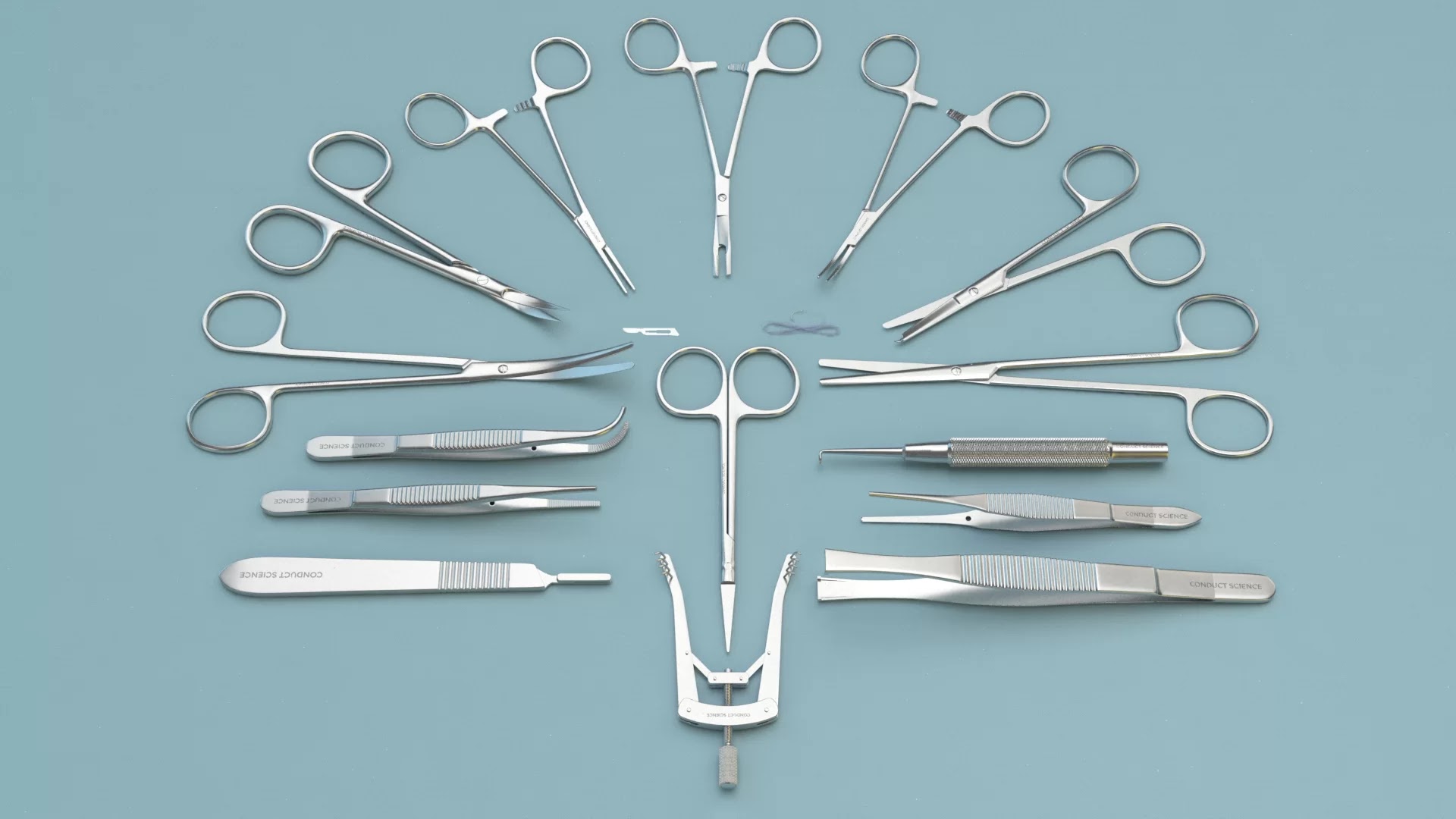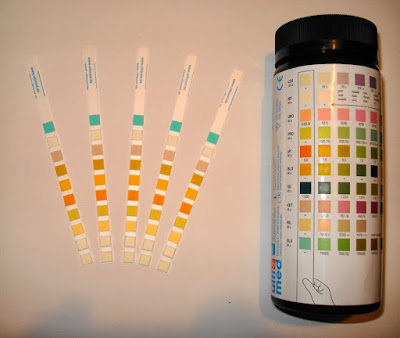The Top 10 Factors to Consider When Choosing Surgical Equipment
If you're in the market for surgical equipment, choosing the right tools can be a daunting task. With so many options available and various factors to consider, it's important to do your research and make an informed decision. Lucky for you, we've compiled a list of the top 10 factors to consider when choosing surgical equipment that will help simplify your decision-making process. So whether you're starting from scratch or looking to upgrade your current tools, keep reading to ensure you select the best equipment for your practice.
Introduction to Surgical Equipment
If you're in the market for surgical equipment, there are a few things you'll want to keep in mind. First and foremost, you'll need to make sure that the equipment is of high quality and able to withstand repeated use. You'll also want to consider the size and weight of the equipment, as well as its portability. Additionally, you'll need to think about how easy the equipment is to operate and maintain. Here are a few factors to keep in mind when choosing surgical equipment.
Types of Surgical Equipment Needed
The type of surgical equipment needed will be determined by the procedure being performed. Some common types of surgical equipment include:
-Scalpels
- forceps
- hemostats
- needle holders
- retractors
- scissors
1. Scalpels: A scalpel is a small, sharp knife that is used to make incisions in the skin or other tissues. Scalpels come in a variety of sizes and shapes, and the type of scalpel that is used will depend on the specific procedure being performed.
2. Forceps: Forceps are a type of surgical instrument that is used to grasp or hold tissue. There are many different types of forceps, each designed for a specific purpose. Common types of forceps include hemostatic forceps, tissue forceps, and dressing forceps.
3. Hemostats: Hemostats are surgical instruments that are used to control bleeding by clamping down on blood vessels. There are many different types of hemostats, each designed for a specific purpose. Common types of hemostats include Kelly clamps, Pean clamps, and Crile wood clamps.
4. Needle holders: Needle holders are surgical instruments that are used to hold needles during suturing or other procedures. There are many different types of needle holders, each designed for a specific purpose. Common types of needle holders include Mayo-Hegar needle holders,
Factors to Consider When Choosing Surgical Equipment
There are many factors to consider when choosing surgical equipment. The most important factor is the type of surgery being performed. Other factors include the surgeon's preference, the patient's condition, and the hospital's regulations.
Surgery type: Different surgeries require different types of equipment. Make sure that the equipment you choose is appropriate for the surgery being performed.
Surgeon's preference: Every surgeon has their preferences when it comes to surgical equipment. Talk to your surgeon to find out what they recommend.
Patient's condition: The patient's condition will affect what type of equipment can be used. Make sure that the equipment you choose is appropriate for the patient's condition.
Hospital regulations: Each hospital has its regulations regarding which types of equipment can be used in its facility. Make sure that the equipment you choose is allowed in the hospital where the surgery will be performed.
Cost/Budget
There are several factors to consider when choosing surgical equipment, but cost and budget are certainly two of the most important. When it comes to cost, you need to consider both the initial purchase price of the equipment as well as the ongoing costs associated with its use. With the budget, you need to make sure that the equipment you choose is within your financial means.
When it comes to surgical equipment, there is a wide range of prices. Some items are relatively inexpensive while others can be quite costly. It is important to compare prices from multiple sources before making a final decision. In addition to the purchase price, you also need to factor in the cost of maintenance and repairs. This can add up over time, so it is important to consider these costs when making your decision.
Another important factor to consider is how often the equipment will be used. If you only plan on using it occasionally, then you may be able to get by with less expensive options. However, if you anticipate using it frequently, then you will want to invest in higher-quality equipment that will stand up to repeated use.
Finally, you need to make sure that the surgical equipment you choose is within your budget. This includes not only the initial purchase price but also any ongoing costs associated with its use. Be sure to compare prices from multiple sources before making your final decision so that you can get the best value for your money.
Quality/Durability
When it comes to surgical equipment, quality, and durability are important factors to consider. Here are a few things to keep in mind when making your decision:
1. Make sure the equipment is FDA-approved.
2. Choose equipment that is made from high-quality materials.
3. Look for equipment that comes with a warranty.
4. Choose a reputable brand known for quality products.
Portability
Ease of Use and Maintenance
The reputation of the Manufacturer/Supplier
Compliance with Regulations and Standards
Availability of Accessories/Replacement Parts
Warranty/Guarantees Offered by the Manufacturer/Supplier



Comments
Post a Comment